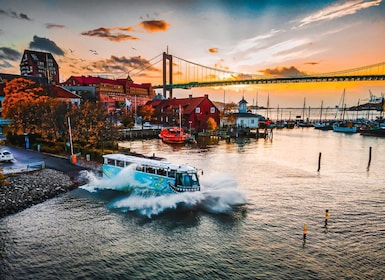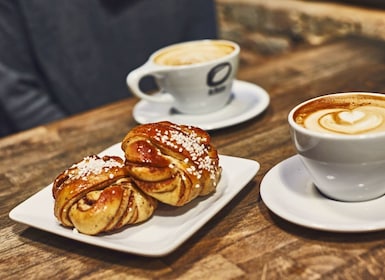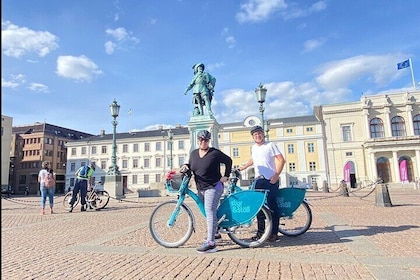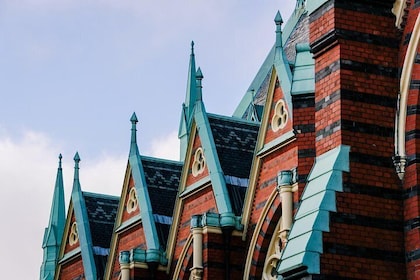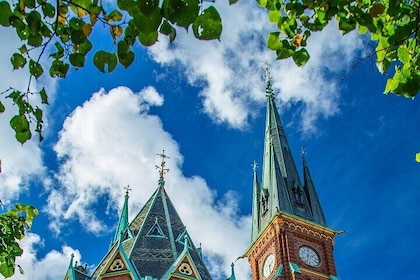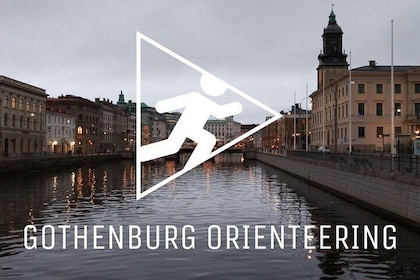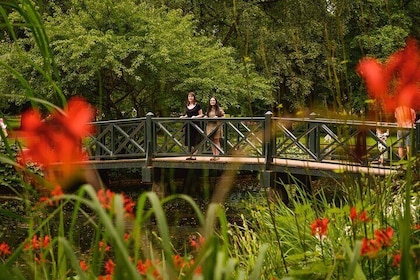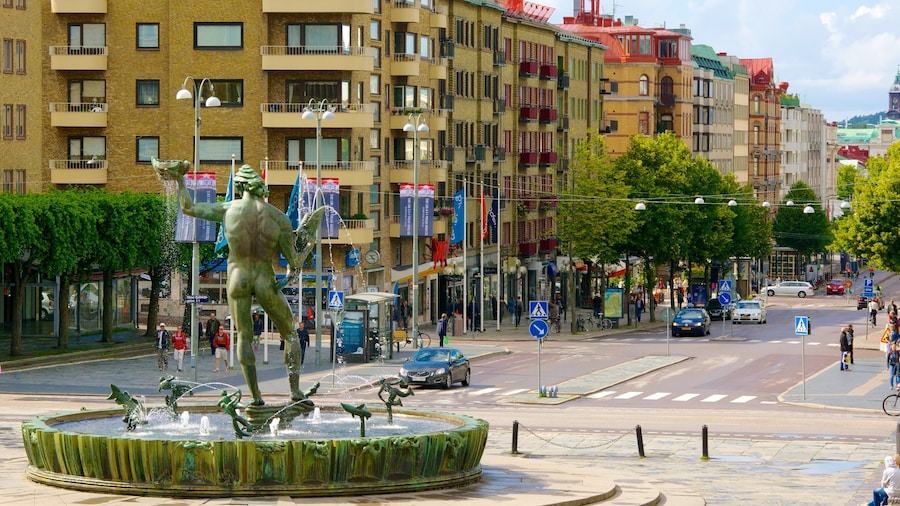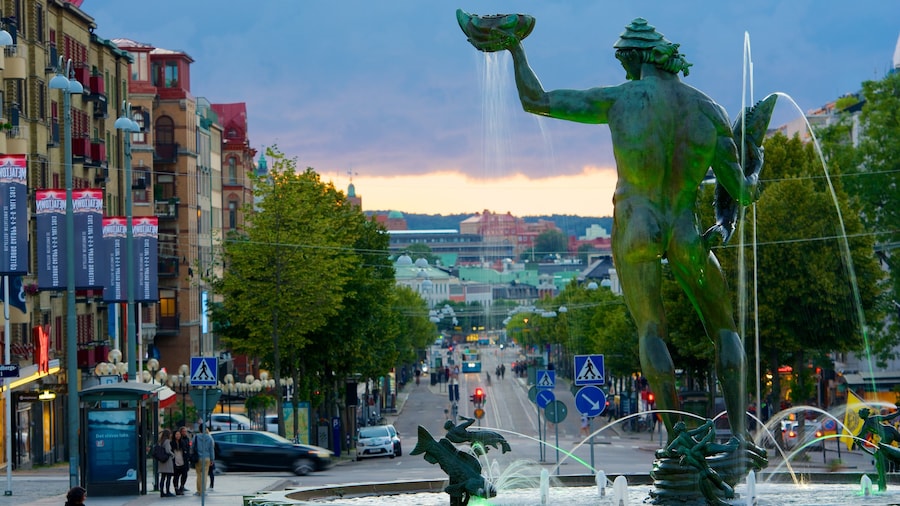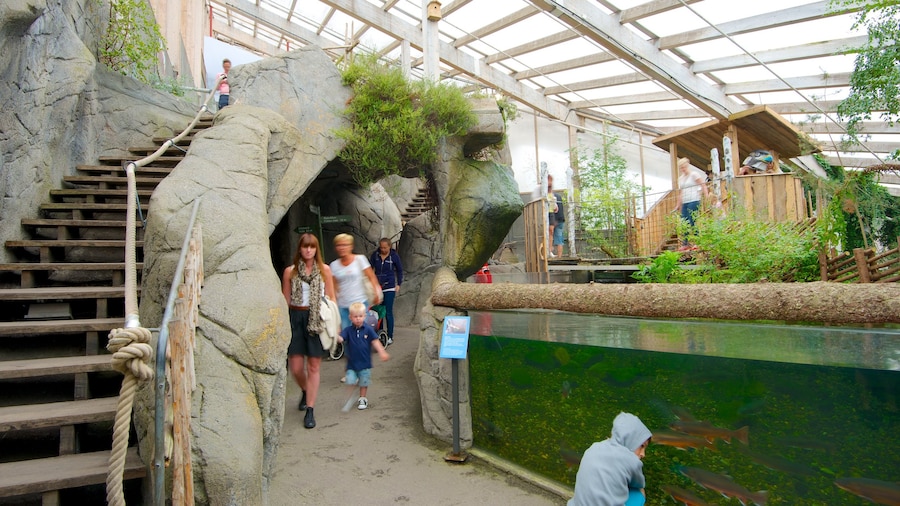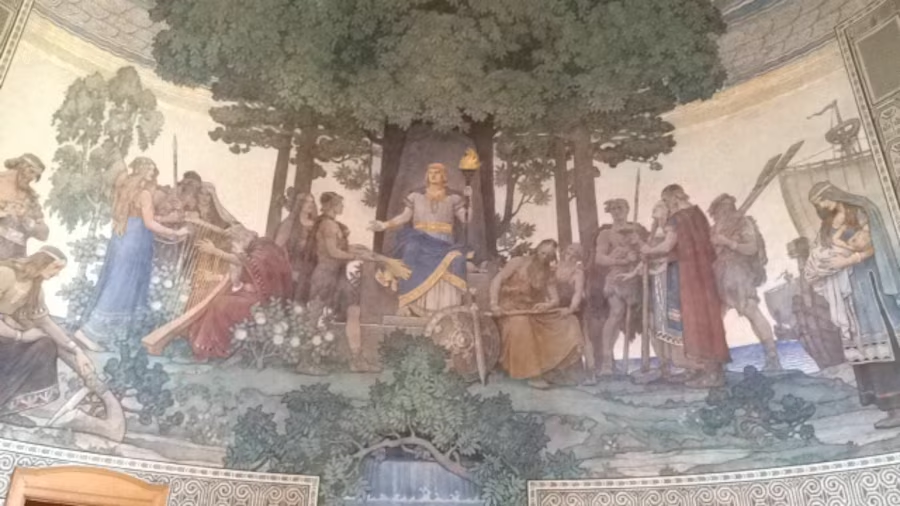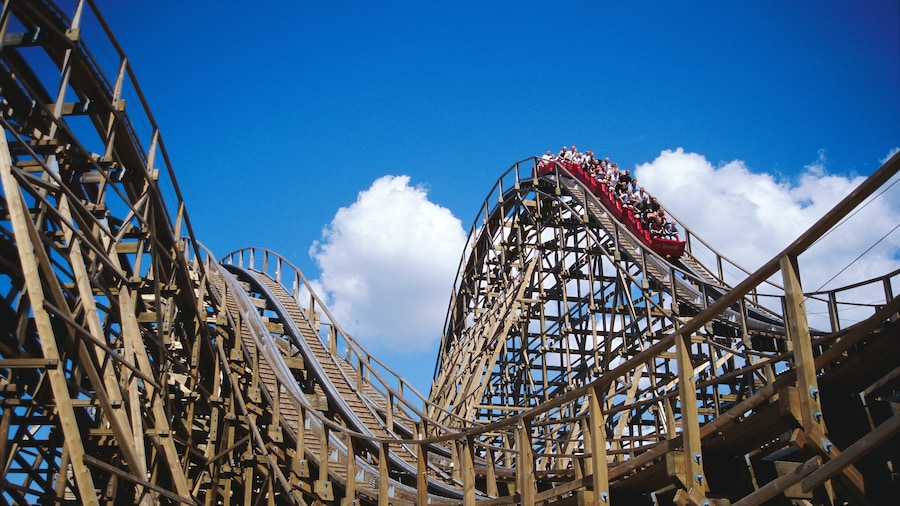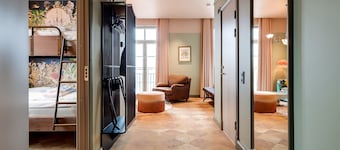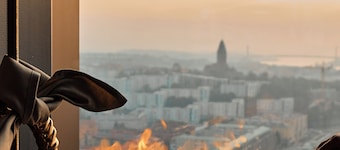See artworks by Rubens and Rembrandt as well as the world’s best collection of 19th-century Nordic art in Gothenburg's largest art museum.
Discover how Nordic and Swedish artists saw the world and explore the style Gothenburg’s very own art movement made famous. See work by world-famous master painters in the extensive European art collection, dating back to the 15th century. Then explore what is on current display in the fine temporary exhibit space of the Gothenburg Museum of Art.
Built in 1923 to celebrate Gothenburg’s 300th anniversary, the art museum is a typical example of neo-Classical architecture. Admire its narrow, high arches and ochre-colored walls made from traditional Gothenburg bricks before you enter. Inside, the collections cover six floors and show a strong emphasis on Swedish and Nordic art.
Admire local works from the early to mid-19th century. A major movement at this time was the Düsseldorf School, characterized by detailed landscapes and local scenes, so you can perceive how the peasants worked in the fields and see the homes of middle-class people from nearly 200 years ago.
The contents of the Furstenburg Gallery are mostly from around the start of the 19th century. Munch and Larson are among the more well-known names. Don’t miss the exhibition dedicated to Gothenburg colorists, with their bold strokes and bright, passionate colours clearly inspired by Van Gogh and his contemporaries.
Six rooms are dedicated to the European Art collection, with most of the works being from the 15th to 17th centuries. See Rembrandt’s The Knight with the Falcon and Rubens’ The Adoration of the Magi. Other masters featured in the collection include Monet and Picasso.
Guided tours in English are available. If you need refreshment, stop in the café for lunch or a drink.
The Gothenburg Museum of Art on Gothenburg’s main square, Götaplatsen, is open daily from June to August and closed on Mondays for the rest of the year. Those 25 years and older pay a small fee for entry, but tickets are valid for the whole year. You may have to pay extra for rotating exhibits.
